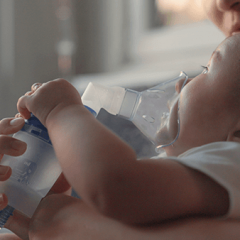
A year after a brain injury, most children look and sound normal. However, many are still struggling to re-learn things they previously understood easily.
Attention, concentration and memory problems are some of the most common problems following injury, affecting 60 per cent or more of children. This can disrupt children’s learning and performance at school.
Doctors and scientists are looking for new ways to help improve attention and concentration after an injury.
Transcranial direct current stimulation (tDCS) is a type of non-invasive brain stimulation. It uses a weak electrical current (usually between 0.5 – 2 mA) to subtly change brain activity and help children learn. It does not directly cause brain cells to activate, rather, it indirectly increases the likelihood for them to activate.
Professor Barlow’s lab at the The University of Queensland Child Health Research Centre is investigating how new techniques like non-invasive brain stimulation (NIBS) can be used to help children recover and participate in school.
Using two sponge electrodes (placed over the hair), tDCS involves passing a very weak current across the head . This current helps the brain learn some things more rapidly. A recent review of several studies (encompassing more than 1000 participants) showed tDCS is safe and can improve attention and memory following a brain injury (adults) and children with attention disorders like ADHD.
PhD student Athena Stein is investigating whether transcranial direct current stimulation (tDCS) can improve attention in children between the ages of 8 and 18 following acquired brain injury. Here, tDCS is given while children perform games aimed at improving attention.
In another current study, we are boosting the positive power of sleep on brain recovery. Specifically, we are looking to see if we can boost a child’s memory by giving them tDCS during sleep.
Sometimes children display impeded recovery even from less severe head injuries such as a concussions. In a study sponsored by the Motor Accident Insurance Commission, we are using Transcranial Magnetic Stimulation to treat children who fail to recover from their concussion and who continue to have problems with headaches, mood disturbances and learning problems.



